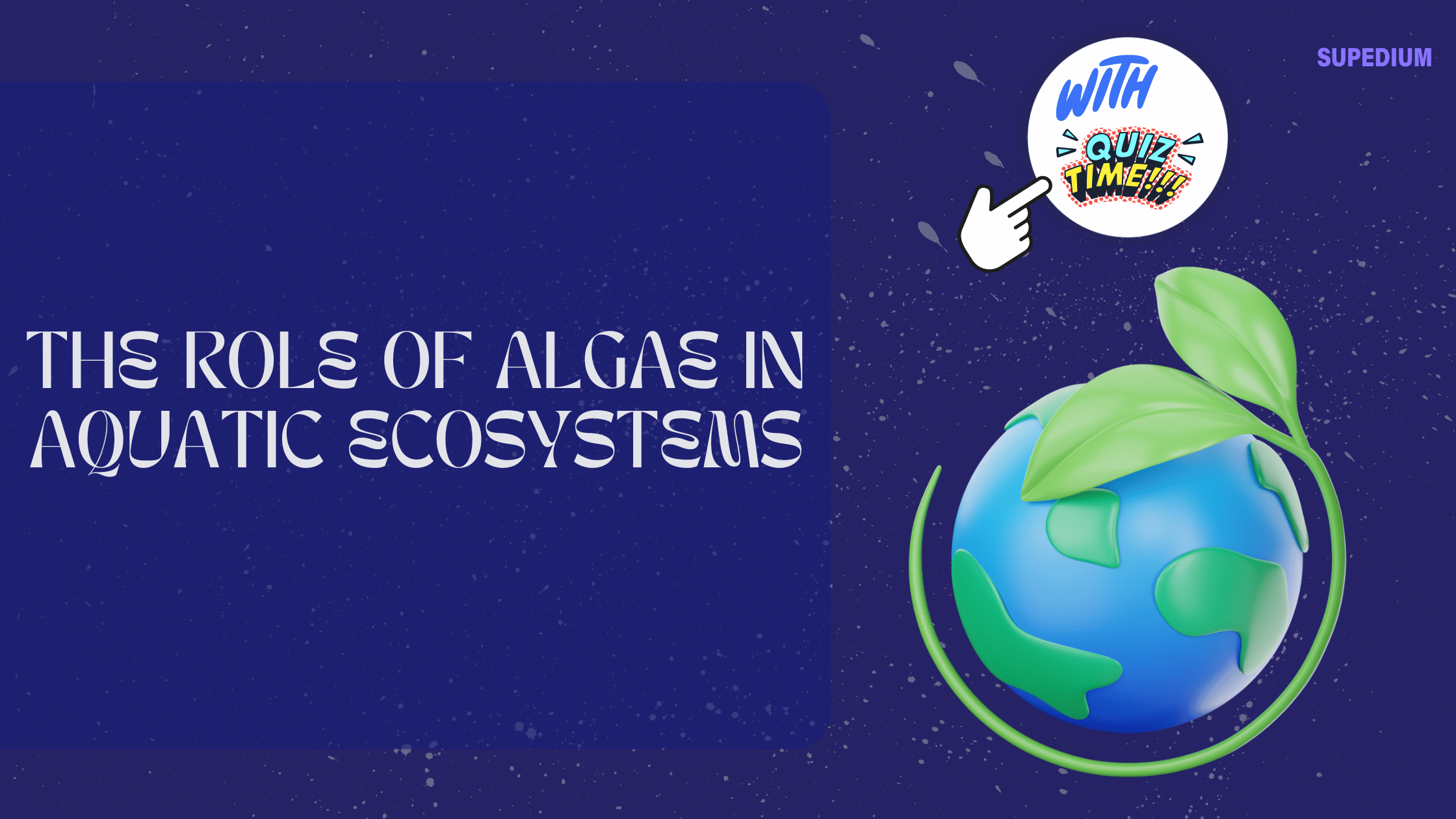![]()
According to Sigmund Freud’s psychoanalytic theory of personality, The identification is the personality component comprising unconscious energy that functions to meet desires, needs, and urges. The identification works based on. The identification is one of the three elements of personality the id, ego, and superego.
An understanding of Freud perspective is important in learning about the history of psychology. You might frequently see references to the id, ego, and superego in doctrine and culture.
When Can the Id Emerge?
Freud compared character. What you see above the water is truly a piece. Awareness is represented by the tip of the iceberg above the water. The majority of the iceberg under the water symbolizes the mind where all memories, ideas, and the desires exist. It is that the identification resides.
The identification is the part according to Freud. He also implied that this primitive part of character existed fully inside the unconscious. The identification acts as the driving force of character. It not only strives to meet the most fundamental urges that we have, many of which are tied directly to survival, but it also offers all of the energy needed to drive character.
During infancy, before the elements of character begin to Form, the identification rules entirely kids. Satisfying basic needs are of the utmost importance.
It would be problematic if they, as individuals grow older Acted out they felt an impulse, need or want to meet the requirements of the identification. The id comprises all the death and life instincts, which Freud thought help behaviour. As people grow older, this aspect of personality doesn’t change. It is still primal, instinctive, and infantile. It isn’t connected with societal norms or logic or reality. It strives to meet an individual’s most basic demands and urges.
As we age, fortunately, the elements of character grow, Allowing us to control the demands of the id and behave in socially acceptable ways. The self emerges to moderate between the requirements of truth and the urges of the id. The superego, or the component of character that encompasses morals and values, emerges to attempt to push on the ego to behave in away. The ego must deal with the demands.
The way the Id Operates
The identification acts according to the pleasure principle, Which is should be fulfilled. The pleasure principle directs one to consume when you’re hungry. It motivates one to drink when you’re thirsty. But clearly, you can not always satisfy your urges away. You will need until you have access or to wait until the ideal moment.
Tension benefits Whenever you’re not able to meet a need immediately. The id Depends on the primary procedure To relieve the tension. The process entails creating an image through another procedure, fantasizing, hallucinating, or daydreaming. By way of example, once you’re thirsty, you might begin fantasizing about a tall glass of ice water. You might begin considering ordering your favourite dish when you’re hungry. Until you’re realistically able to meet those requirements Using this method, you can manage the tension generated by the urges of the id.
Observations Concerning the Id
In his 1933 book New Introductory Lectures on Psychoanalysis, Freud described the identification as the”dark, inaccessible part of our personality.” The only way to discover the identification was to examine the material of dreams and clues that are neurotic.
Freud’s conception of the identification was that it was a reservoir of Energy driven by the pleasure principle which works toward fulfilling our needs. Freud also compared it to a”cauldron of seething excitations” and explained the identification as having no real association.
So can the ego and id interact? Freud compared their relationship To that of rider and a horse. The horse provides the energy that drives them but it’s the rider to guides leadership to be determined by these movements. However, the rider locates himself along for the ride and may lose control. To put it differently, sometimes the ego may have to direct the identification.
Freud’s views of character Stay controversial, but a fundamental When talking psychoanalysis and the knowledge of these is an important practice of psychology.
Share This




Be the first to comment